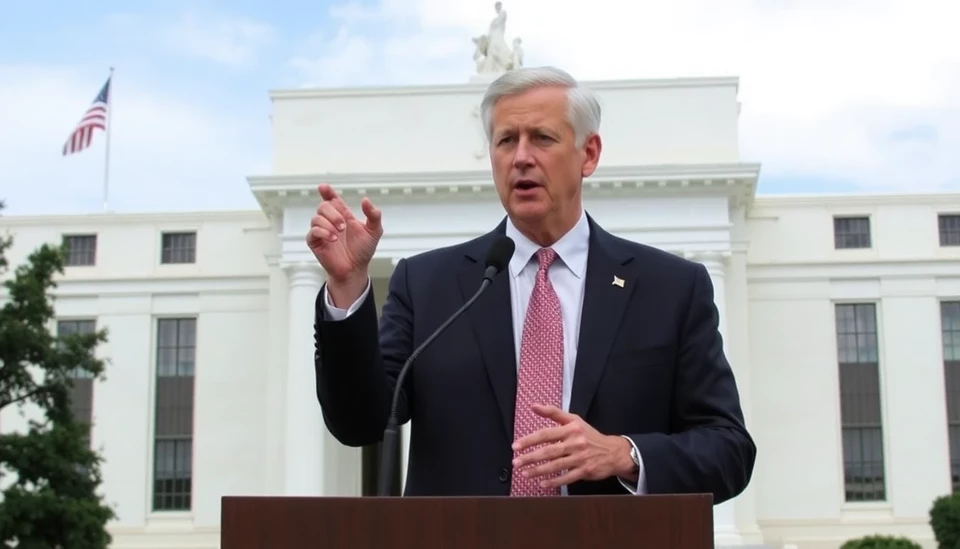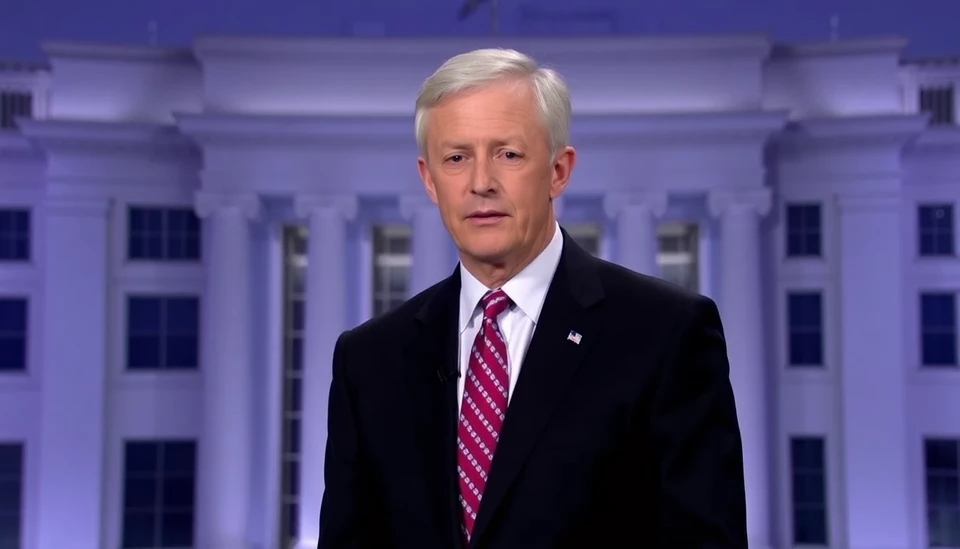
In a significant moment for international finance, the Federal Reserve (Fed) has opted to hold interest rates steady, indicating a cautious yet steady approach amidst ongoing economic uncertainties. This decision comes despite signs of persistent inflation and a turbulent global market. Meanwhile, the European Central Bank (ECB) has taken a contrasting stance by announcing a reduction in rates, aiming to stimulate growth in a region facing economic headwinds.
The Fed's latest monetary policy meeting, held recently, underscored its commitment to an inflationary target of 2%. With consumer prices remaining high, policymakers find themselves in a balancing act. They are wary of the potential fallout from raising rates further, fearing it could stifle growth and impact employment adversely. Fed Chair Jerome Powell emphasized the importance of monitoring economic indicators closely, suggesting that future decisions will depend on forthcoming data relating to inflation trends and labor market conditions.
On the other side of the Atlantic, the ECB's rate cuts are seen as a tactical move to combat stagnation in the Eurozone. As several member countries grapple with sluggish growth and rising unemployment, the ECB hopes that lower borrowing costs will encourage investment and spending. The decision reflects a shift in strategy aimed at overcoming a challenging economic landscape exacerbated by geopolitical tensions and supply chain disruptions.
This divergence in monetary policy between the Fed and the ECB highlights the contrasting economic realities facing the U.S. and European markets. While the U.S. economy shows some resilience with a strong labor market, the Eurozone has struggled to gain momentum. Economists warn that these divergent paths could impact exchange rates and international trade dynamics, further complicating the global economic outlook.
The implications of these decisions are far-reaching. Investors worldwide are keeping a close watch on how these policies will unfold. Analysts predict that the Fed's steadiness might support the dollar against other currencies, while the ECB's move may provide a slight boost to the Euro in the short term. However, both regions ultimately must tackle their unique challenges to foster sustained economic growth.
As the situation continues to evolve, all eyes will be on the next meetings of both central banks. Investors, businesses, and consumers alike will be looking for guidance amid the ongoing economic turbulence. The decisions made in the coming months will likely shape the global economy in significant ways, as central banks navigate these uncertain waters.
In summary, the Fed's decision to hold rates stable contrasted sharply with the ECB's aggressive cuts, highlighting the differing economic challenges faced by the U.S. and the Eurozone. Stakeholders must remain vigilant and adaptable as the economic landscape shifts.
#FederalReserve #EuropeanCentralBank #InterestRates #GlobalEconomy #Inflation #EconomicGrowth #MonetaryPolicy #FinanceNews
Author: Rachel Greene




